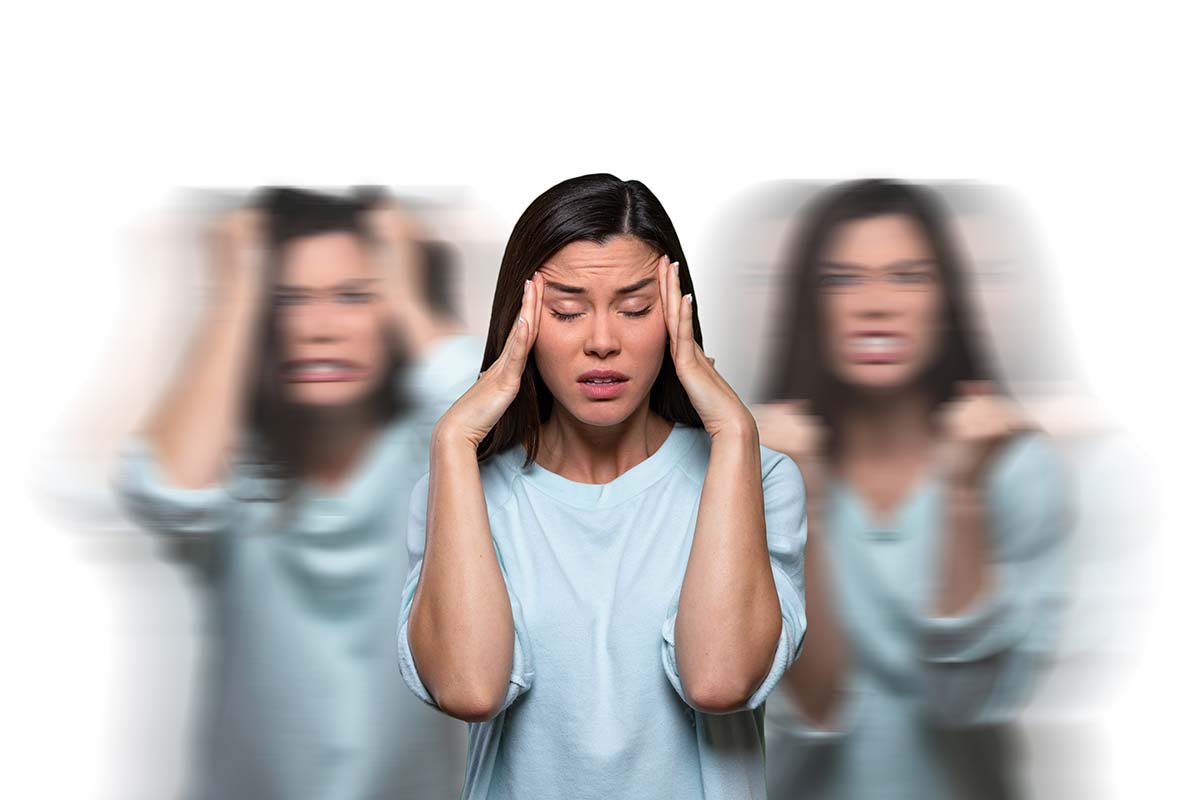When people hear the word “bipolar,” the first thing that comes to their mind is a person who is violent, unpredictable, highly emotional, or even untrustworthy. Because of the stigma surrounding mental illness, people do not usually recognize a mental health condition.
The average onset age of bipolar disorder is 25 years old. According to the National Institute of Mental Health, about 2.6% of the U.S. population is affected by bipolar disorder (BD) every year under the age of 18 and above.
Despite the high prevalence, bipolar disorder still garners negative stereotypes. Even revealing BP could lead to workplace discrimination and limited opportunities. Bipolar disorder is hard to diagnose and can even be confused or overlooked with other mental illnesses.
The National Institute of Mental Health defines bipolar disorder as “a mental disorder that causes unusual shifts in mood, energy, activity levels, concentration and the ability to carry out daily tasks.” It is important to understand that bipolar disorder can be a different experience for each person and can also have different levels or severity of symptoms.

Debunking Myths About Bipolar Disorder
It’s no secret that people experiencing bipolar disorder usually have periods of high energy with alternating periods of depression and fatigue. But do remember that these aren’t ordinary mood swings. The highs and lows associated with BD usually last for days or even weeks at a given time.
Here are a few myths of bipolar disorder that most people often believe to be true.
Myth: All Bipolar People have highs and lows that happen in regular cycles.
Formerly known as manic depression, bipolar disorder is unpredictable and a lot messier than you think. Some people may experience both symptoms of depression and mania at the same time – feeling hopeless, sad, and energized altogether.
Myth: Bipolar Disorder Only Has One Type
There are three (3) types of bipolar disorder:
Bipolar I: Manic episodes can last up to 7 days and can even have depressive episodes that can last for 2 weeks or more. Episodes can only be mania or depression and mania happening simultaneously.
Bipolar II: The highs and lows for the boosted mood and depressive episodes respectively aren’t severe compared to bipolar I.
Cyclothymic disorder: these are usually mild highs and lows.
Myth: Medication is the only available treatment for bipolar disorder
The truth is that there is more than one way to treat BD. Your psychiatrist may suggest medications like antidepressants, mood stabilizers, and anti-mania drugs. While medication may be a crucial tool to treat BD, proper sleep, diet, and exercise can also help manage all the symptoms.
Psychotherapy is also one way to treat the symptoms and learn how to prevent these symptoms from getting worse with triggers.
Call Recovery Bay Center now at 833.991.2955 if you have questions about helping someone struggling with opioid addiction.
Five Best Treatments for Bipolar Disorders Focusing on Therapy
Family-Focused Therapy (FFT)
In a randomized trial conducted at the University of Colorado and UCLA, the study found that people with bipolar disorder who are going through family-focused therapy and getting medications after an episode have better functioning and less severe mood swings compared to those who get case management with briefer treatments and medications.
Family-focused therapy typically involves 12 sessions, with early sessions focusing on education, symptoms and causes, and especially how to recognize warning signs leading to new episodes. As a whole, FFT educates families on how to prevent episodes from getting a lot worse.
Cognitive Behavioral Therapy (CBT)
CBT is based on the idea that your thoughts, feelings, and behaviors are all connected. CBT usually teaches people two things:
- Monitoring activity levels to ensure people with bipolar disorder are mostly engaged with rewards in their environment in episodes of depression.
- Identifying negative assumptions as well as thinking patterns to help develop adaptive thinking skills.
Dialectal Behavioral Therapy (DBT)
As a skill-based approach, DBT usually includes both group and individual therapy. Acceptance skills as well as mindfulness are key aspects that DBT focuses on without relying on negative judgment. It also teaches interpersonal skills, distress tolerance, and emotion regulation.
Interpersonal & Social Rhythm Therapy (IPSRT)
IPSRT is classified under individual therapy where a person with bipolar disorder keeps records of sleep and wake times, daily activities, and how changes in these routines affect their moods. It teaches how to stabilize moods by regulating sleep-wake cycles and establishing daily routines.
Group Psychoeducation
People diagnosed with bipolar disorder are often joined by family members and are led by either a trained mental health counselor or a licensed psychologist. The groups can be highly structured following a skill-training program. Some groups have a goal of sharing one’s story and getting support from people with similar experiences.
Medication alone is not enough to treat BD. Finding the best treatment for bipolar disorder still depends on a combination of different factors. It is imperative to educate yourself about mental illness to get the most out of the treatment.
Call Recovery Bay Center now at 833.991.2955 if you have questions about helping someone struggling with opioid addiction.






